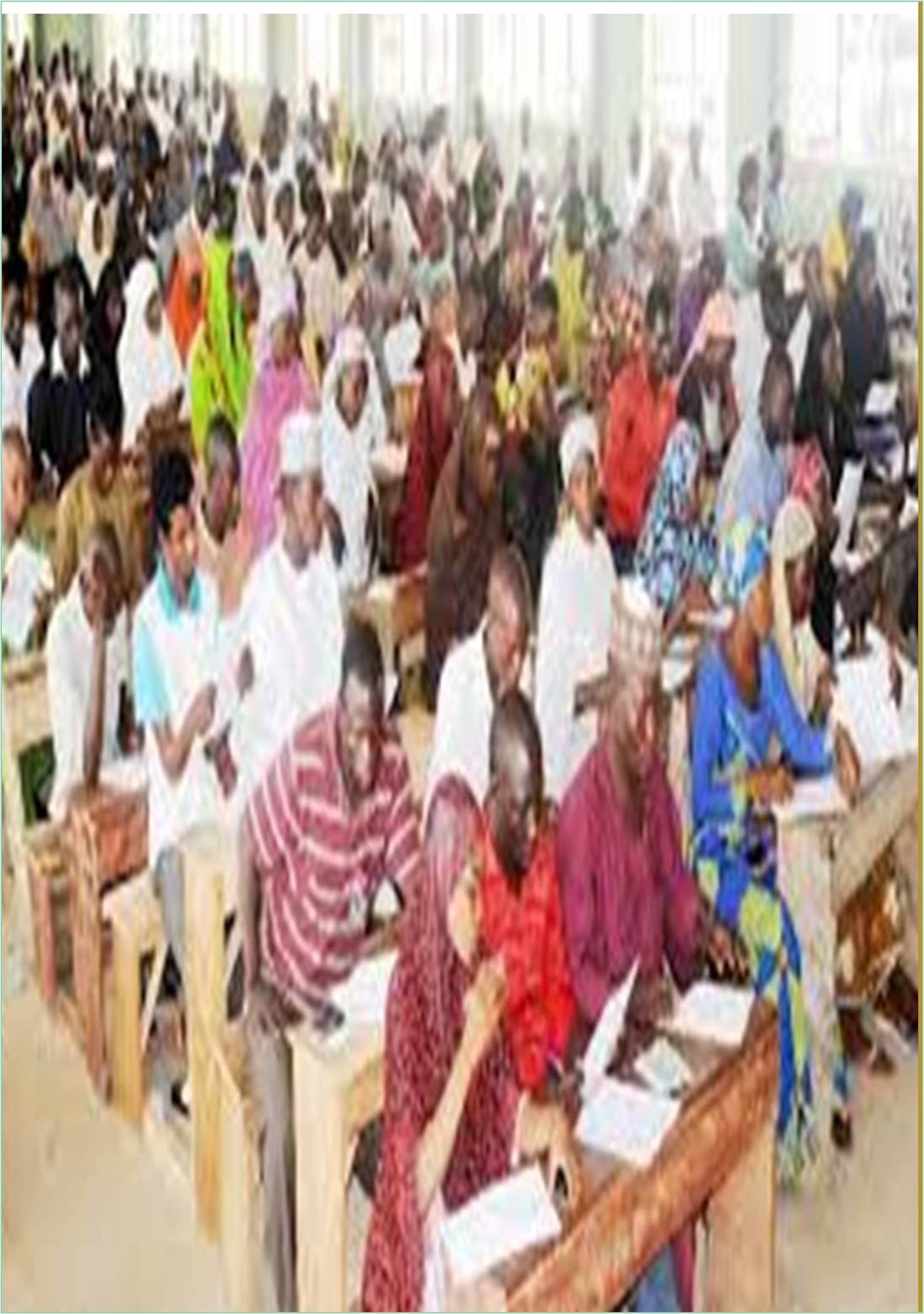



Received: 02-Feb-2022, Manuscript No. IJANFE-22-60692; Editor assigned: 07-Feb-2022, Pre QC No. IJANFE-22-60692(PQ); Reviewed: 21-Feb-2022, QC No. IJANFE-22-60692; Revised: 28-Feb-2022, Manuscript No. IJANFE-22-60692(R); Published: 10-Mar-2022, DOI: 10.15651/2437-1882.22.3.027
Adult literacy programs are offered by public libraries in many cities to direct literacy instruction, activities such as providing some money, materials, people to support the literacy programs, is all examples of literacy program. Individual library outlets, library systems to which the outlets belong, or independent groups in conjunction with the library outlet may conduct literacy initiatives considered in this study. This article discusses the different adult literacy programs offered by public library outlets, as well as the populations for which adult literacy programs are explicitly offered, the reasons why adult literacy programs are not offered by libraries are also discussed throughout the article.
Adult Literacy Programs
A Study states that 17% of public library outlets offered adult literacy programs, including adult basic literacy skills, pre-GED, GED, English as a second language, and family literacy, if a library outlet supplied funding, instructional materials, or staff to support an adult literacy program, or if the library system administered the literacy program within or on behalf of the particular library outlet then it was considered to offer an adult literacy program for the purposes of this survey. Adult literacy programs held within the library outlet but organized by other agencies or groups with no involvement from the library outlet or system was not considered library outlet or system offerings, this programs are more likely to be offered related to outlet size, as assessed by the number of people that visited the library outlet during the course of a regular week and were offered by 5% of small businesses, 19% of medium-sized businesses, and 31% of big businesses, the chance of conducting an adult literacy program is also linked to the standing of the big city with urban institutions being more likely to do so than smaller institutions.
A total of 16% of suburban educational institutions offered an adult literacy program in prior of 12 months to the survey, 17% of libraries offering adult literacy programs were asked about the type of adult literacy programs they offered, these (defined as a competency below grade 4) were offered by 63% of the institutions that offered the literacy program and other type of adult literacy programs (pre-GED, defined as 5th to 8th grade skills, GED, 9th to high school skills, English as a second language, and family skills) are 42-48% and were offered at the store.
Library sites offering these programs and were asked if they offered adult literacy programs for specific groups during the 12 months prior to the survey. Approximately half of educational institutions offering literacy programs offered such programs to adults and/or recent immigrants (50%) or parents (48%), especially with limited English proficiency. Adult literacy programs, especially for early dropouts, were offered by 40% of educational institutions offering literacy programs, about a quarter (26%) of institutions with adult literacy programs offered programs for adults with learning disabilities, and 11% offered programs for adults with hearing disabilities, about a quarter (27%) of library entities that provided.
Adult literacy programs provided such programs in off-site locations during the 12 months prior to the survey. 52% of educational institutions offering adult literacy programs, used computers as a practical learning tool for adult literacy programs for the 12 months prior to the survey. And 83% of library facilities that did not offer adult literacy programs in the 12 months prior to the survey were asked to show the importance of certain reasons in the facility's decision not to offer these programs; the reason most often cited as being very important to the facility's decision not to offer an adult literacy program is that the facility did not have the staff or resources to provide the program (77%). Approximately half (53%) of educational institutions are very deciding that the presence of other groups or educational institutions (including other library institutions) within the community that provide adult literacy programs which do not provide such programs. Focusing on other groups (children, seniors, etc.) in the channel's program was considered very important by 37% of the channels, the reason least often indicated as very important in the outlet's decision not to offer adult literacy programs was that the community served by the outlet does not have a strong need for adult literacy programs (20%); almost half of the outlets (48%) indicated that this reason was not important in their decision. The likelihood that outlets view specific reasons as being very important in their decision not to offer adult literacy programs that showed some variation by outlet characteristics. Large outlets were less likely than medium sized outlets to indicate that lack of staff or resources was very important in their decision and not to offer adult literacy programs (68% compared with 80%). The presence of other groups or educational institutions in the community that offer adult literacy programs was cited as very important by large outlets than by medium sized or small outlets (71% compared with 52 and 45%, respectively); this reason was cited as very important less often by rural outlets than by suburban or urban outlets.